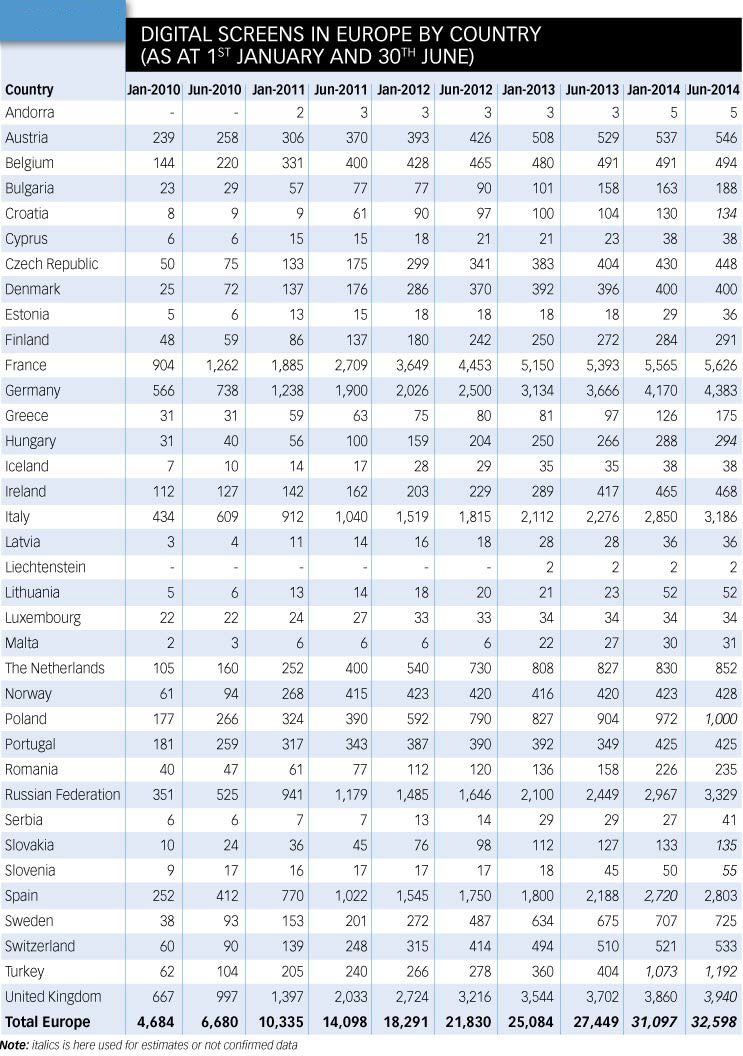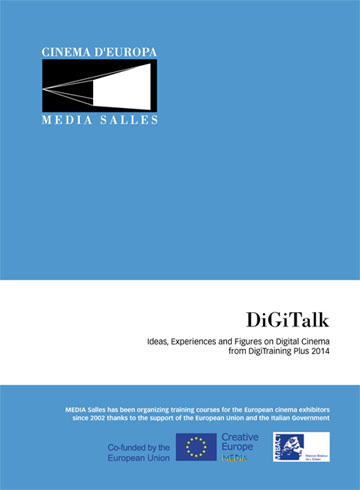
Reg. Trib. Milano n. 418 del 02.07.2007
Direttore responsabile: Elisabetta Brunella
![]()
![]()
International Edition No. 113 - year 10 - 6 February 2015

Special issue on the occasion of the 65th Berlin International Film Festival
***
|
Audiences increase slightly in Europe's cinemas: MEDIA Salles data at the Berlinale The statistics elaborated by MEDIA Salles reveal that in the 33 countries whose data is already available, from Iceland to Russia, from Portugal to Turkey, spectators in 2014 came to 1,167.2 million, with a 1.3% increase compared to the 1,151.9 million in 2013. This increase does not mean that the situation is the same everywhere since, whilst the 18 countries in Western Europe - with a total of 829.8 million admissions compared to 831.2 in 2013 - record a substantially stable situation (-0.2%), the 15 in Central and Eastern Europe and the Mediterranean Rim close the year with a 5.2% increase in admissions and a total of 337.4 million tickets sold, compared to 320.7 million in 2013. This is the ninth consecutive increase, which has caused these countries to almost double their audiences. Western Europe Central and Eastern Europe and the Mediterranean Rim Digital rollout nears completion During 2014 digital screens continued to increase: whilst there were 31,097 at the beginning of the year, or 84% of total screens, twelve months later they were touching on 34,000 units (33,881) with a penetration rate of 91%. All in all, the efforts of European cinemas to achieve technological updating seem to be making progress, though in a context where, as emerges from the first data available on admissions 2014, many countries record decreases in admissions, a situation that is a cause of concern to exhibitors, particularly in view of the investments that will be needed to keep up with technological innovation or to replace projectors nearing obsolescence. |
|||
|
|||
Digital rollout in Europe as at 30 June 2014: 32,598 screens


"DigiTraining Plus 2015: 26-30 August 2015 - Prague and Bratislava |

MEDIA Salles' contacts and
address
Piazza Luigi di Savoia, 24 - 20124 Milano - Italy
Tel.: +39.02.6739781 - Fax: +39.02.6690410
E-mail: infocinema@mediasalles.it
Website: www.mediasalles.it
